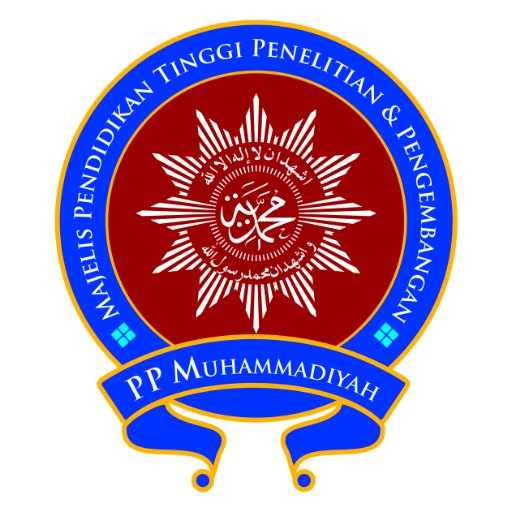Antibacterial Activity Test of Ganitri (Elaeocarpus ganitrus Roxb.) Leaf Methanol Extract against Bacteria (Propionibacterium acne)
DOI:
https://doi.org/10.53017/ujas.99Keywords:
Ganitri plant, Methanol, Propionibacterium acneAbstract
Ganitri plant (Elaeocarpus ganitrus Roxb.) is one type of plant that can be discovered in several countries, such as Indonesia. This plant has a number of benefits as it contains flavonoid, tannins, phenolics, alkaloids, along with triterpenoids. In addition, that plant has significant role to decrease microbial activities including Staphylococcus aureus, Bacillus cereus, Candida albicans and Penicillium sp. These activities consist of three stages as follows inhibiting nucleic acid synthesis, then followed by hampering cell membrane function and finally decreasing bacterial energy metabolism. The mechanism denatures cell proteins leading an imbalance of molecules, ions and cell lysis as well. Extraction process has been completed by maceration method of 3-kg-wet leaves, a 1-kg-dry simplicial, a 500-g macerated simplicial mixed with 5 L methanol solvent and 33.33 % of simplicial, and 95.08 g of yield extract with 19.01%. Its process generated green color extract having bitter taste and thick form, 0.5% of water, 15.9% of ash, and 0.4% of insoluble acid. Identification of these active ingredients that using positive phytochemical resulted flavonoids. TLC (Thin-layer chromatography) test was used with 0.75 of positive control quercetin and 0.81 of flavonoid extract. Antibacterial activity testing was applied by calculating the inhibitory power of Nutrient Agar with negative control using sterile water. Afterwards, implemented a positive control using clindamycin resulted of several concentration as follows of 10 % (10.6), 20% (10.6), 30% (9.25), 40% (10.12), 50% (9.37) and 100% (38.75).
Downloads
References
N. . Suryani, I. M. A. . Wirasuta, and N. M. . Susanti, “Pengaruh Konseling Obat Dalam Home Care Terhadap Kepatuhan Pasien Diabetes Tipe 2 Dengan Komplikasi Hipertensi,” Jurnal Farmasi Udayana, pp. 6–12, 2013.
D. N. Hidayati, C. Sumiarsih, and U. Mahmudah, “Standarisasi Non Spesifik Ekstrak Etanol Daun dan Kulit Batang Berenuk (Crescentia cujete Linn),” CENDEKIA EKSAKTA, vol. 3, no. 1, 2018.
S. Anam et al., “Standarisasi Ekstrak Etil Asetat Kayu Sanrego (Lunasia amara Blanco),” Natural Science: Journal of Science and Technology, vol. 2, no. 3, 2013.
A. R. Mawan, S. E. Indriwati, and S. Suhadi, “Aktivitas Antibakteri Ekstrak Metanol Kulit Batang Tumbuhan Salam (Syzygium Polyanthum) Terhadap Pertumbuhan Bakteri Escherchia Coli,” BIOEDUKASI: Jurnal Biologi dan Pembelajarannya, pp. 8–13, 2017.
A. B. W. PUTRA, “Uji Aktivitas Antibakteri Ekstrak Kloroform Kelopak Rosella (Hibiscus sabdariffa Linn) terhadap Propionibacterium acne, Escherichia coli, dan Staphylococcus aureus serta Uji Bioautografi.” Universitas Muhammadiyah Surakarta, 2010.
D. Katrin, N. Idiawati, and B. Sitorus, “Uji aktivitas antibakteri dari ekstrak daun malek (Litsea graciae Vidal) terhadap bakteri Stapylococcus aureus dan Escherichia coli,” Jurnal Kimia Khatulistiwa, vol. 4, no. 1, 2015.
G. A. Dubey, “Effect of extract of Rudraksha (elaeocarpus ganitrus) on parkinson’s disease and depression,” World J Pharm Res, vol. 7, no. 12, pp. 937–947, 2018.
Downloads
Published
How to Cite
Issue
Section
License
Copyright (c) 2021 Titi Pudji Rahayu, Naelaz Zukhruf Wakhidatul Kiromah, Nindi Dwi Agustina

This work is licensed under a Creative Commons Attribution-NonCommercial 4.0 International License.





